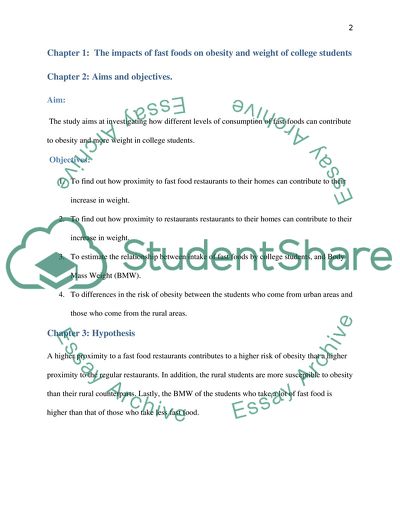Cite this document
(“The Impacts of Fast Foods on Obesity and Weight of College Students Assignment”, n.d.)
Retrieved from https://studentshare.org/education/1618498-topics-and-themes-in-human-physiology
Retrieved from https://studentshare.org/education/1618498-topics-and-themes-in-human-physiology
(The Impacts of Fast Foods on Obesity and Weight of College Students Assignment)
https://studentshare.org/education/1618498-topics-and-themes-in-human-physiology.
https://studentshare.org/education/1618498-topics-and-themes-in-human-physiology.
“The Impacts of Fast Foods on Obesity and Weight of College Students Assignment”, n.d. https://studentshare.org/education/1618498-topics-and-themes-in-human-physiology.


